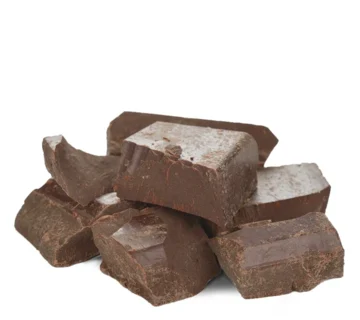Milk Fat Replacer (MFR) is an ingredient used in the food industry to substitute or partially replace natural milk fat in various applications. This replacer is designed to mimic the properties of milk fat while offering certain advantages, such as cost-effectiveness or specific nutritional characteristics. Here are some key aspects related to Milk Fat Replacer:
Contact us to get this product at the best price and payment terms
- Functionality:
- MFR is formulated to replicate the functional properties of milk fat, including its texture, mouthfeel, and flavor contribution to food products.
- Ingredients:
- The ingredients in a Milk Fat Replacer can vary and may include a combination of vegetable oils, emulsifiers, stabilizers, and flavorings. These components work together to create a product that closely resembles the characteristics of milk fat.
- Nutritional Profile:
- MFRs are often designed to offer specific nutritional benefits, such as reduced saturated fat content or the inclusion of certain unsaturated fats. This can be particularly relevant for products aiming to meet specific dietary preferences or health-conscious consumers.
- Applications:
- Milk Fat Replacers find applications in a wide range of food products, including dairy-based products like ice cream, yogurt, and cheese, as well as baked goods, confectionery items, and processed foods.
- Cost-Effectiveness:
- One of the primary motivations for using MFRs is cost-effectiveness. They can be more economical than natural milk fat, providing a way for manufacturers to manage production costs.
- Customization:
- Some MFRs may offer customization options, allowing food manufacturers to tailor the characteristics of the replacer to meet specific product requirements.
- Texture and Mouthfeel:
- MFRs are formulated to provide a texture and mouthfeel similar to that of natural milk fat. This is crucial for maintaining the sensory experience of the final food product.
- Stability:
- The stability of MFRs is essential to ensure that the product maintains its quality and functionality throughout its shelf life. This stability prevents issues such as separation or changes in texture.
- Regulatory Compliance:
- MFRs must comply with regulatory standards regarding labeling, nutritional content, and ingredient declarations.
- Dairy Alternatives:
- In the context of dairy alternatives, MFRs may be used to create products that mimic the characteristics of traditional dairy items, providing options for consumers with lactose intolerance or those following a plant-based diet.
- Dairy-Free and Vegan Products:
- MFRs play a crucial role in the development of dairy-free and vegan products, providing a suitable alternative to animal-derived milk fat. This aligns with the growing demand for plant-based options in the food market.
- Improved Cholesterol Profile:
- Some MFR formulations aim to improve the overall cholesterol profile of food products by incorporating healthier fats, such as polyunsaturated or monounsaturated fats, while reducing saturated fat content.
- Texture Modification:
- MFRs can be used to modify the texture of food products. For example, they may contribute to the creaminess of a non-dairy ice cream or the melt-in-the-mouth characteristic of a chocolate product.
- Enhanced Nutritional Content:
- MFRs may be fortified with vitamins, minerals, or other nutrients to enhance the nutritional content of food products. This can be particularly relevant in the development of functional foods.
- Improved Processability:
- In some cases, MFRs are chosen for their improved processability in comparison to natural milk fat. This can lead to advantages in manufacturing efficiency and consistency.
- Reduced Environmental Impact:
- Using MFRs that are derived from plant sources can contribute to a reduced environmental impact compared to animal-based fats. This aligns with sustainability goals and environmental considerations.
- Compatibility with Processing Methods:
- MFRs are formulated to be compatible with various processing methods commonly used in the food industry, ensuring that they can be seamlessly integrated into existing production processes.
- Long Shelf Life:
- MFRs are designed to provide stability, contributing to the extended shelf life of food products. This is crucial for maintaining quality and ensuring consumer satisfaction over time.
- Adaptability to Different Products:
- MFRs are versatile and can be adapted for use in a wide range of food products, allowing manufacturers to create diverse offerings while maintaining a consistent quality and taste.
- Consumer Acceptance:
- The sensory properties of MFRs, including taste and mouthfeel, are carefully considered to ensure consumer acceptance. Creating products that closely match the sensory experience of traditional dairy items is essential for market success.

In summary, Milk Fat Replacers provide a valuable tool for food manufacturers seeking to achieve specific goals, whether related to cost reduction, nutritional improvement, or meeting the demands of consumers seeking alternative options.
It’s important for food manufacturers to carefully consider the specific requirements of their products, consumer preferences, and regulatory guidelines when choosing and formulating with Milk Fat Replacers.






No comment